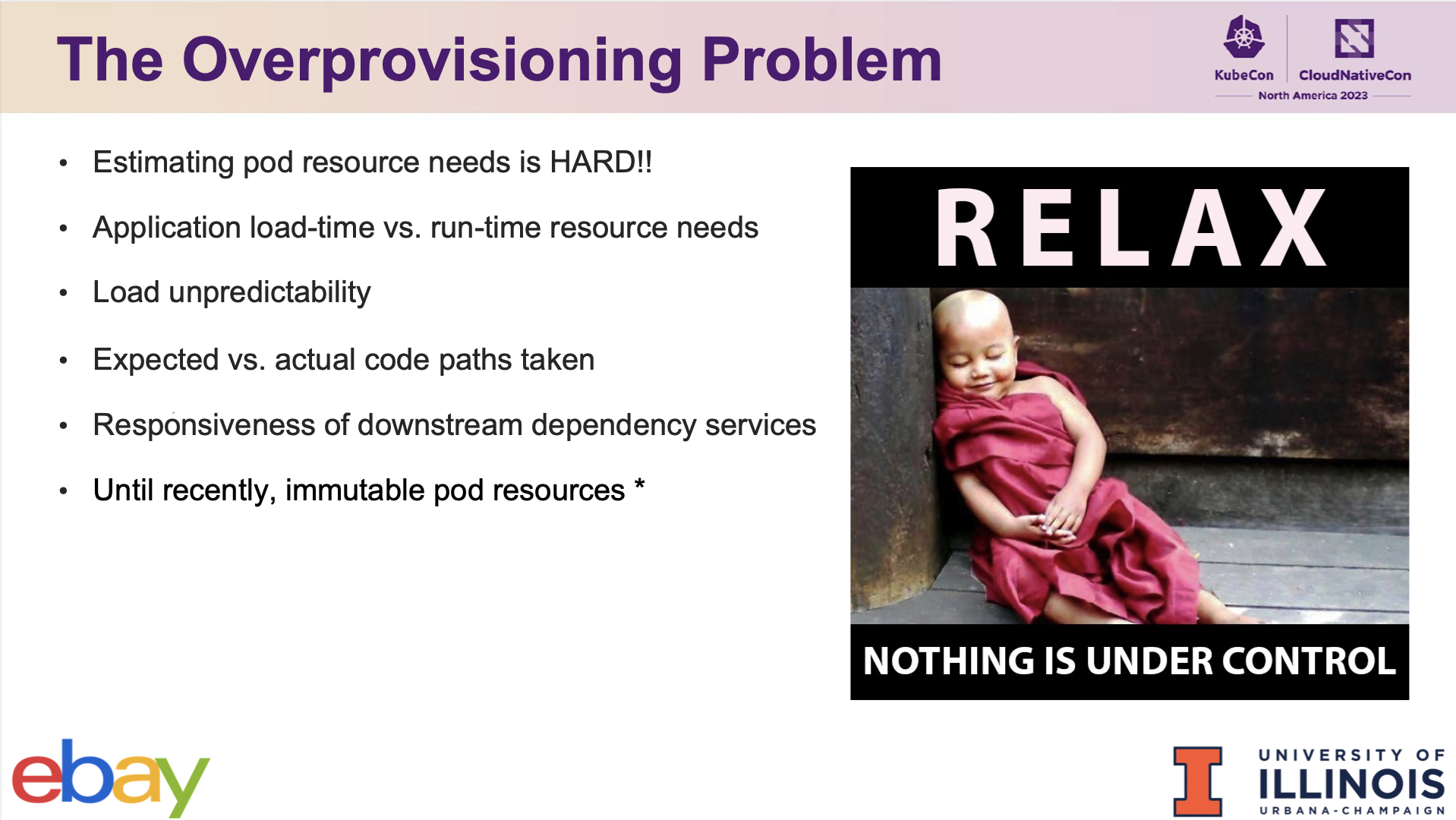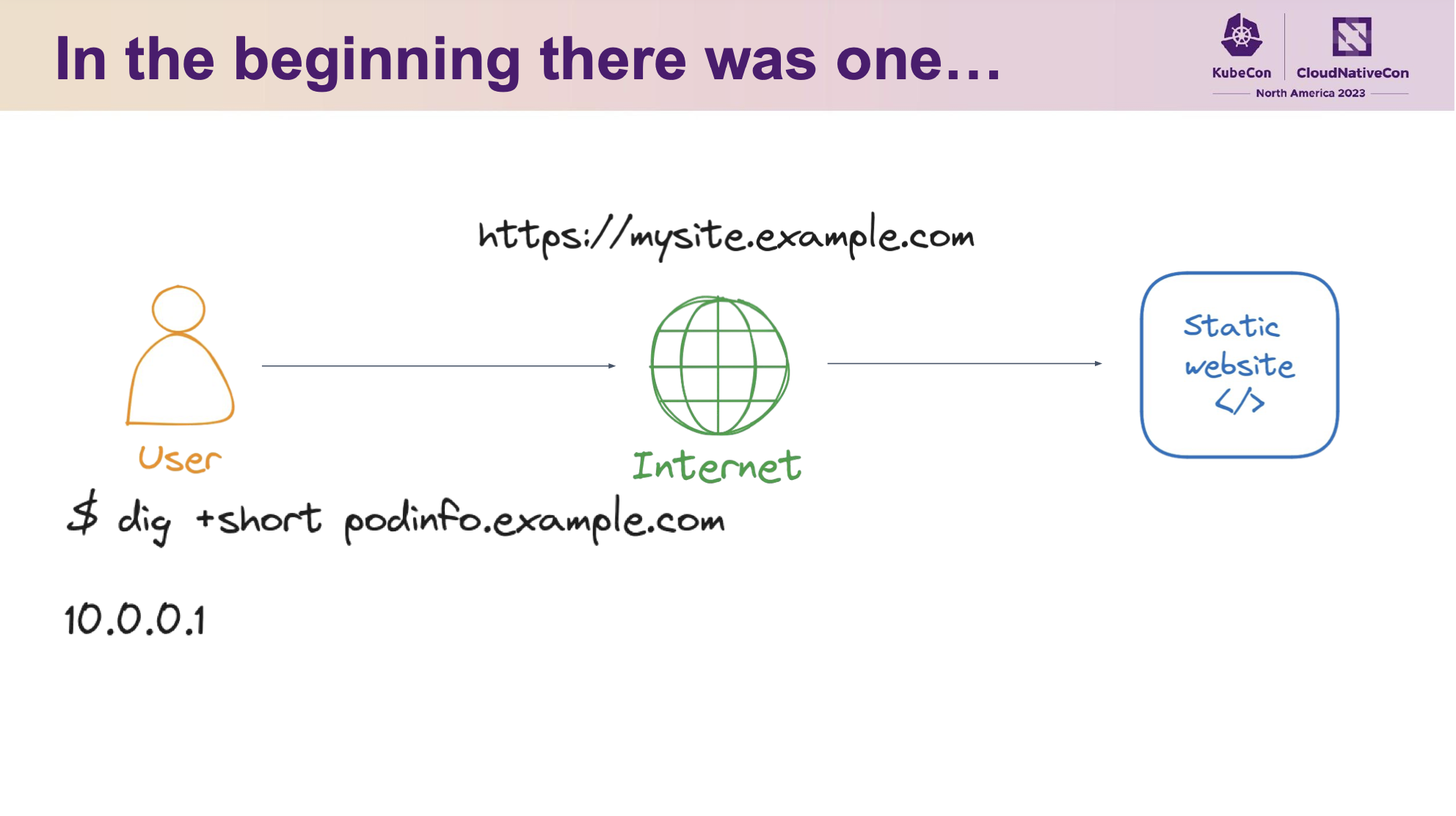By Dan Quackenbush
In the dynamic world of tech conferences, there exists a gem unlike any other – KubeCon, where the orchestrators of Kubernetes gather to share tales of triumph and innovation. As a seasoned navigator of cluster administration, I found myself immersed in the heartbeat of this dynamic symphony of ideas, particularly drawn to the stories that unfolded after the initial deployment – the fascinating Day 2 Operations.
The first stop, Major League Baseball + Argo CD: A Home Run, implemented GitOps through Argo CD to empower feature-driven development using Helm charts. The stage was set with a compelling case study, highlighting how developers were handed the reins to their applications without drowning in the sea of YAML configurations. Through the power of abstraction, Helm deployed through Argo, allows them to focus on features, such as enabling monitoring, injecting secrets, and exposing their services across two hundred clusters, bringing consistency to the service runtime landscape.

The talk FinOps at Grafana Labs illuminated the path to financial accountability, transforming it into a cultural cornerstone. The speaker painted a vivid picture of a world where accountability, transparency, and a culture of openness were the guiding lights. Through real-world examples, the audience learned the impact of “cash positive chaos testing,” moving to spot instances, aligning cost optimization measured against service reliability, and the importance of continuously stress-testing applications in various infrastructure conditions.
In a creative twist, Burden to Bliss: Eliminate Patching and Upgrading Toil with Cluster Autoscaler at Scale, dived into leveraging Cluster Autoscaler for applying security patches. The ingenious strategy involved creating new node pools and strategically shifting pods with tolerations to the patched nodes. By creating new node pools with the patched system and strategically forcing a single pod with toleration to the patched node, the talk demonstrated how eventual consistency mechanisms could be leveraged to shift all pods to the new node through eviction. This innovative strategy ensures that security patches are seamlessly applied without affecting ongoing workloads.
The final act in this symphony of talks explored the intersection of Kubernetes, service mesh, and content delivery networks (CDNs). Take It to the Edge: Creating a Globally Distributed Ingress with Istio & K8gb, 
It is always interesting to hear how people are handling similar problems. These talks show us, how as a Kubernetes administrator, with a new mindset, can provide a central way for developers to be feature vs configuration driven, scale those workloads either in place, or through cheaper means, all while reducing the burden on sustainability. Once deployed, these applications can then spread across regions, on hardened nodes. I invite you to check out the talks, dive into the dynamic Day 2 Operations, and discover the secrets shared by industry leaders.
